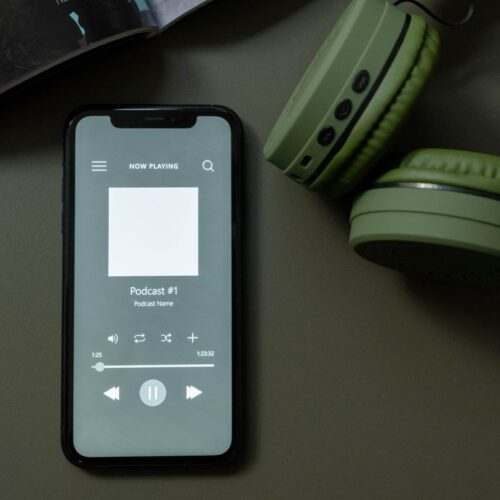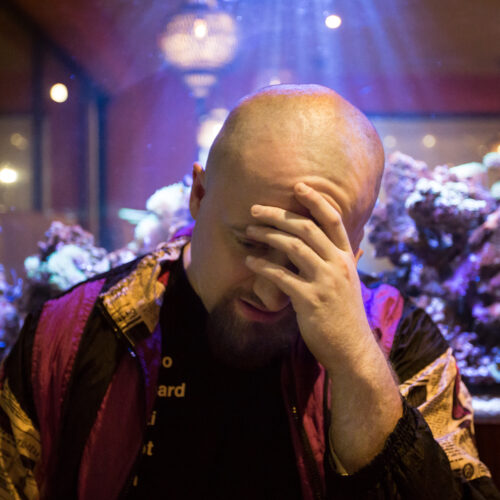
Introducing Dorico – the Future of Music Notation Software?

OCA music students are required to submit digital versions of their scores for assessment, and a proportion of the marks are given for the quality of typesetting and presentation of notation. It is important that the assessors are experienced in the choice of software used, allowing them to judge the student’s original work and to recognise how much of the presentation is automatically generated within the program. This means that students can get extra credit for going beyond the default settings and for presenting work that is in accordance with professional notation conventions.
As a result of this necessity, we have required all students to present their work using Sibelius; this has been the industry standard for a number of years and it is capable of producing work to the required levels.

We are delighted to announce that we are adding Dorico to our approved software list, and all students may now submit work in either Sibelius or Dorico files. Dorico is a new notation program, made by the creators of Sibelius, which seeks to solve many of the problems encountered by composers today. When it was created, Sibelius was made with the intention of copying already notated scores into digital format, but in recent years, many people have been using it to compose music, as well as for outputting demo recordings of scores.
Dorico is a versatile program which tries to develop some of these areas, while also providing an excellent platform for engraving scores. There are many features which we like – for example the ability to have different time signatures for different parts (or different hands of the piano), and the ability to create customisable key signatures. There are different modes for entering notes, engraving (polishing the final layout) and playback, and a sequencer-style piano roll is also included. It has the sort of flexibility of layout that one might see in a Desktop Publishing package, and a detailed support package available on Facebook, YouTube and via Steinberg themselves. We are confident that it can output work at the required level for OCA courses and beyond, and feel it will give students a greater versatility in their composition work. For further information about Dorico, see https://www.steinberg.net/en/products/dorico/start.html

A 30 day free trial is available on the Dorico website, and discounts for purchase are available for OCA students; please contact Carla Rees – carlarees@oca.ac.uk for further information.
Image Credits: (c) Steinberg






This sounds interesting. I’ve been considering Dorico but haven’t tried the programme. I’m not happy with the Sibelius subscription set up so I’m still using Sibelius 6. On our internet speeds here it would take a month to download anything of substance, and Sibelius no longer have CD-Roms to install.
What sort of Discounts are we talking about? I got Sibelius on a large Educational discount when working in Hertfordshire Music Service.
Just the thought of having to learn new technology isn’t appealing…………….